Following a successful first phase at the beginning of the year, The Malaysian Institute of Road Safety Research (MIROS) has released the results of the second phase of the ASEAN New Car Assessment Programme (ASEAN NCAP) at an open day held at its Taman Kajang Sentral office.
Eleven models were subjected to an offset frontal collision test at a closing speed of 64 km/h (exactly the same procedures as in the first phase), yielding the following safety ratings:
- Toyota Prius built 2013, MY 2013 – Adult: 5 stars, Child: 86%, Airbags: 7
- Honda Civic 1.8 A/T built 2013, MY 2013 – Adult: 5 stars (4 stars, no VSA), Child: 82%, Airbags: 2
- Subaru XV 1.6i built 2013, MY 2013 – Adult: 5 stars, Child: 67%, Airbags: 3
- Suzuki Swift 1.4 GLX built 2013, MY 2013 – Adult: 4 stars, Child: 77%, Airbags: 2
- Mazda2 1.5 MZR sedan built 2013, MY 2012 – Adult: 4 stars, Child: 78%, Airbags: 2
- Mitsubishi Mirage GLS/GLS Ltd built 2013, MY 2014 – Adult: 4 stars, Child: 43%, Airbags: 2
- Toyota Avanza 1.3 E M/T built 2013, MY 2013 – Adult: 4 stars, Child: 38%, Airbags: 2
- Perodua Alza 1.5 S A/T Standard built 2013, MY 2013 – Adult: 4 stars, Child: 46%, Airbags: 2
- Nissan Almera 1.2 E CVT built 2013, MY 2013 – Adult: 4 stars, Child: 52%, Airbags: 1
- Daihatsu Xenia R 1.3 M/T built 2013, MY 2013 – Adult: 4 stars, Child: 33%, Airbags: 2
- Mitsubishi Pajero Sport GT built 2013, MY 2014 – Adult: 4 stars, Child: 40%, Airbags: 2
To be eligible for a five-star rating, a vehicle must have at least two airbags, electronic stability control (VSA in Honda’s case) and a seat belt reminder, or it will only qualify for a maximum of four stars. Note that ‘MY’ above denotes the safety package introduction year.
The cars were tested over a period beginning May 21, 2013 and ending August 2, 2013. All of them were tested at the MIROS PC3 lab in Melaka except for the Pajero, XV and Prius, which were tested at the Japan Automobile Research Institute (JARI) lab in Tsukuba, Japan.
Although the Civic, XV and Almera are produced in Malaysia, the models tested were not – the Civic was a Thai-built Indonesian-market car, the XV was built in Japan for Brunei, Singapore and the Philippines, and the Almera was built in Thailand for its own market. In keeping with ASEAN NCAP procedures, the lowest spec available in the region has to be tested.
Unlike the first phase, which only involved hatchbacks and sedans made in Malaysia and Thailand, the second phase introduces vehicles built in Japan and Indonesia as well, including MPVs and SUVs.
Also, all tested cars have been voluntarily sponsored by carmakers this time (as opposed to MIROS having to buy them previously), although they are still picked at random from the assembly line. The third phase will involve a combination of both procurement methods.
MIROS director-general and ASEAN NCAP steering committee chairman Prof Dr Wong Shaw Voon said that the completion of the second phase was “good news” for ASEAN consumers as more cars would be NCAP-rated to help them with their buying choices. He added that sponsored testing will encourage carmakers to bring their best products to ASEAN.
Although it was previously reported that side impact testing as per ECE: Reg. 95 would feature in the second phase, we were told to expect it to happen next year instead – watch a demo performed on a Honda Civic here. Learn more about the test procedures, MIROS and ASEAN NCAP here.
Looking to sell your car? Sell it with Carro.

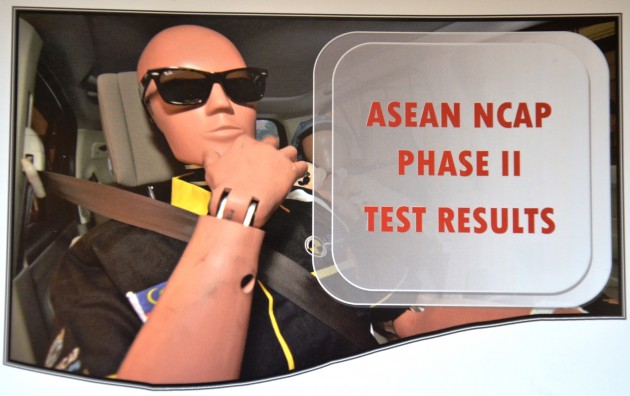
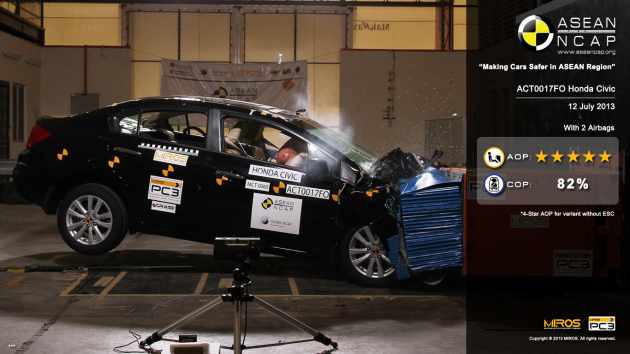


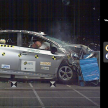
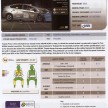
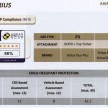
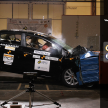

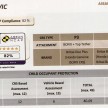
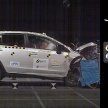
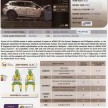
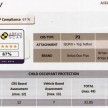
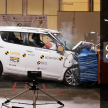
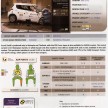
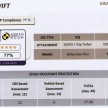
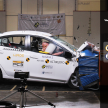
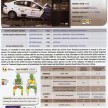
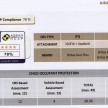
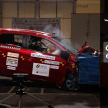
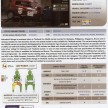
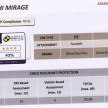
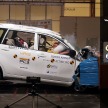
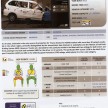
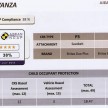
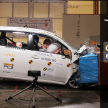
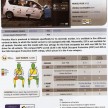
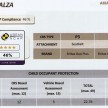
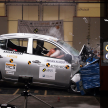
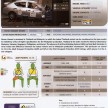
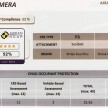
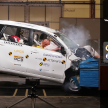
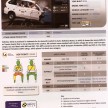
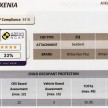
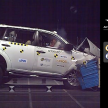
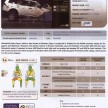
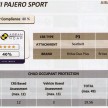
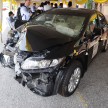
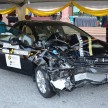
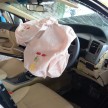
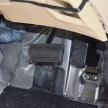
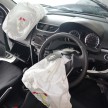
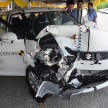
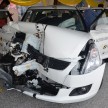



















AI-generated Summary ✨
Comments generally express skepticism and concern about the ASEAN NCAP crash test results, highlighting issues like the adequacy of a 2-airbag system for a 5-star rating, the impact of sponsor influence on selecting test vehicles, and inconsistencies between ASEAN NCAP and European standards. Some critics question the reliability of the testing process, particularly the selection of test cars and the criteria used, suggesting that results may be manipulated or unrepresentative of real-world safety. There’s mention of certain cars, like the Alza and Almera, having deformed A-pillars yet still achieving high ratings, raising doubts about the test's robustness. Overall, many comments imply that the current safety ratings may be overly optimistic or misleading, emphasizing a need for more credible, transparent, and comprehensive crash testing standards.